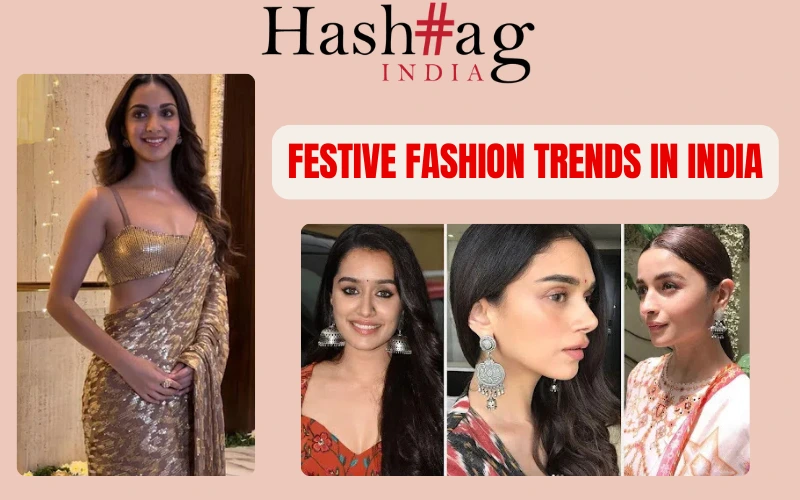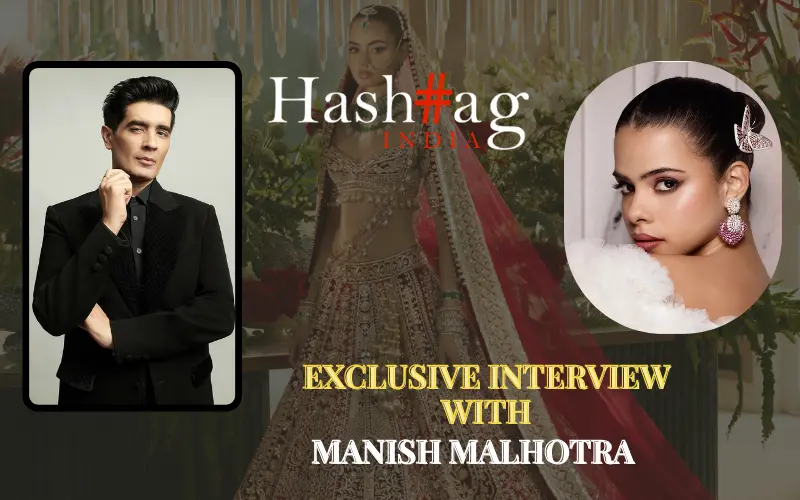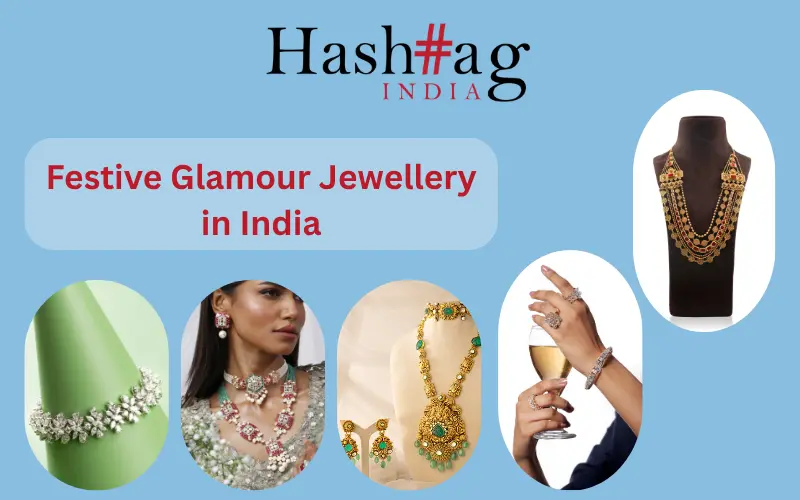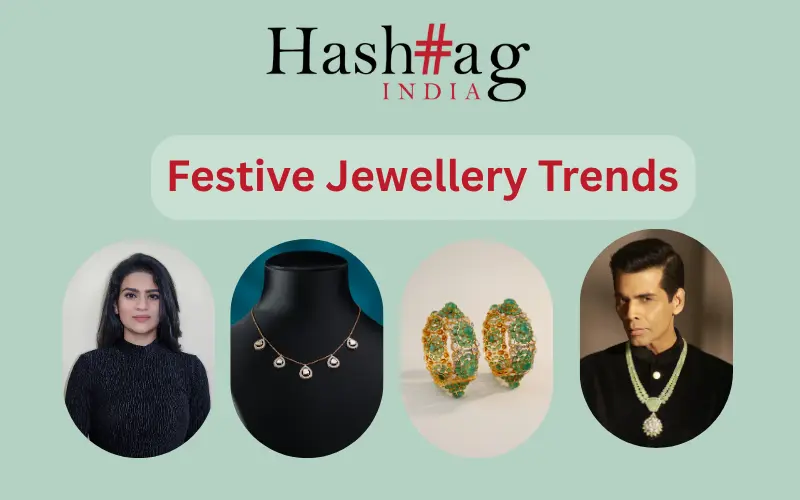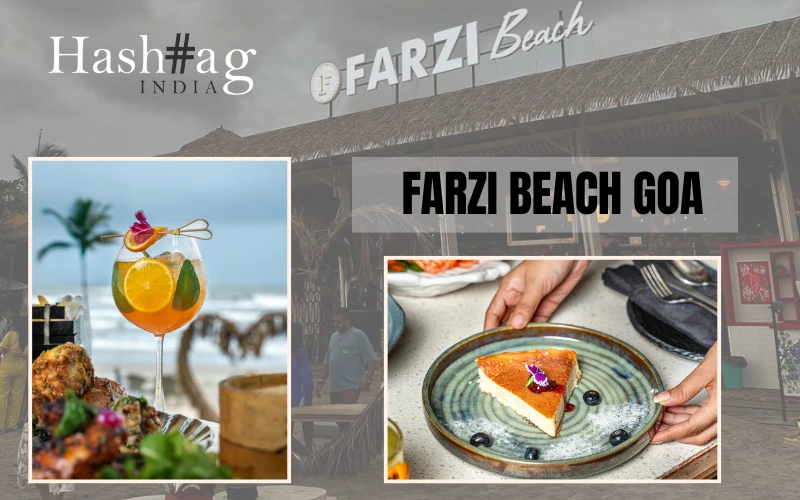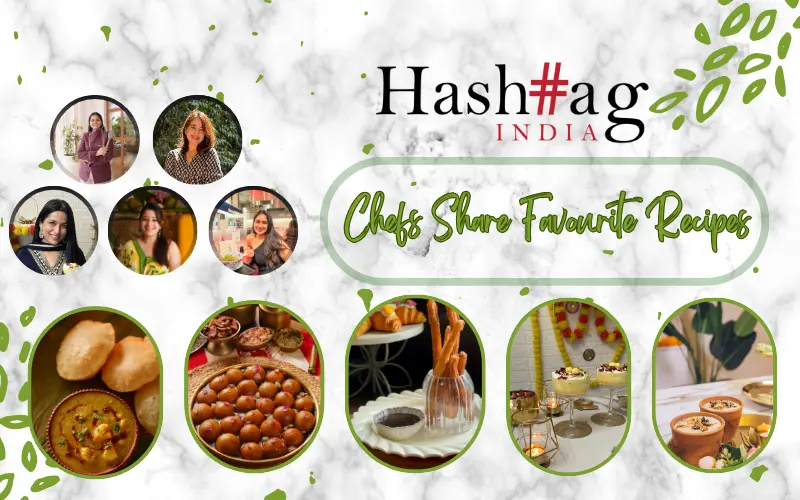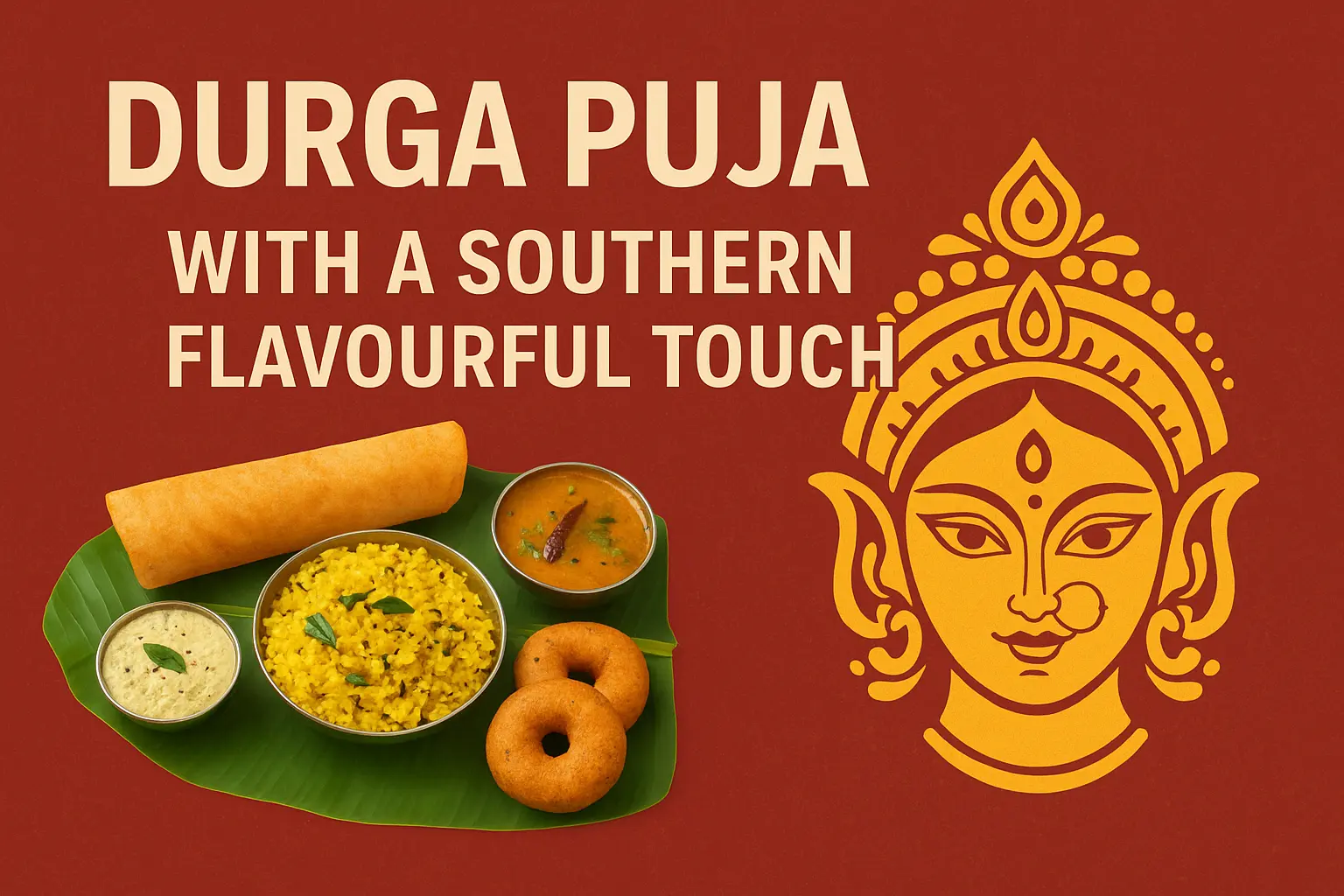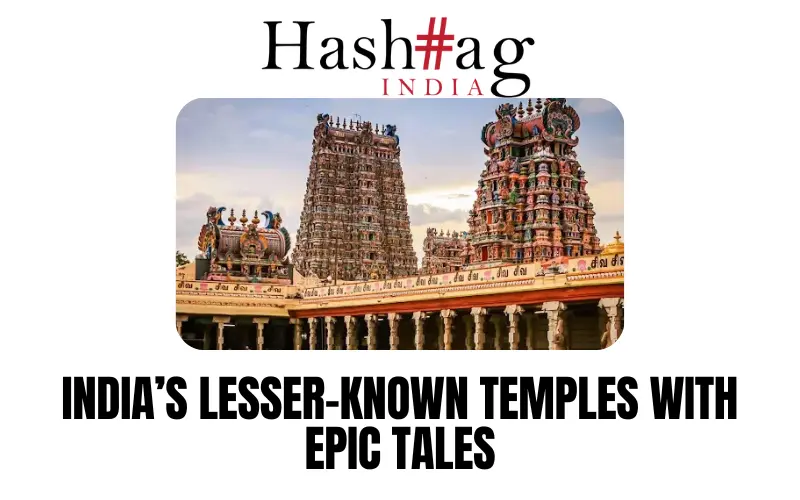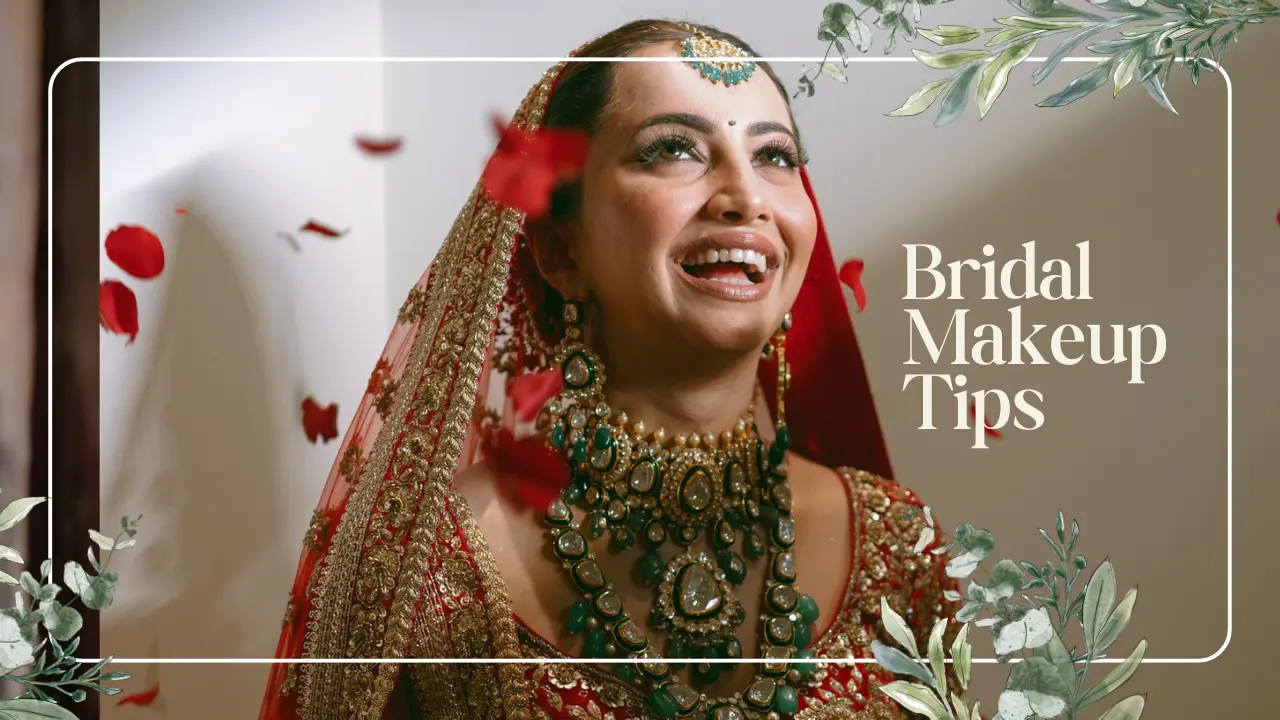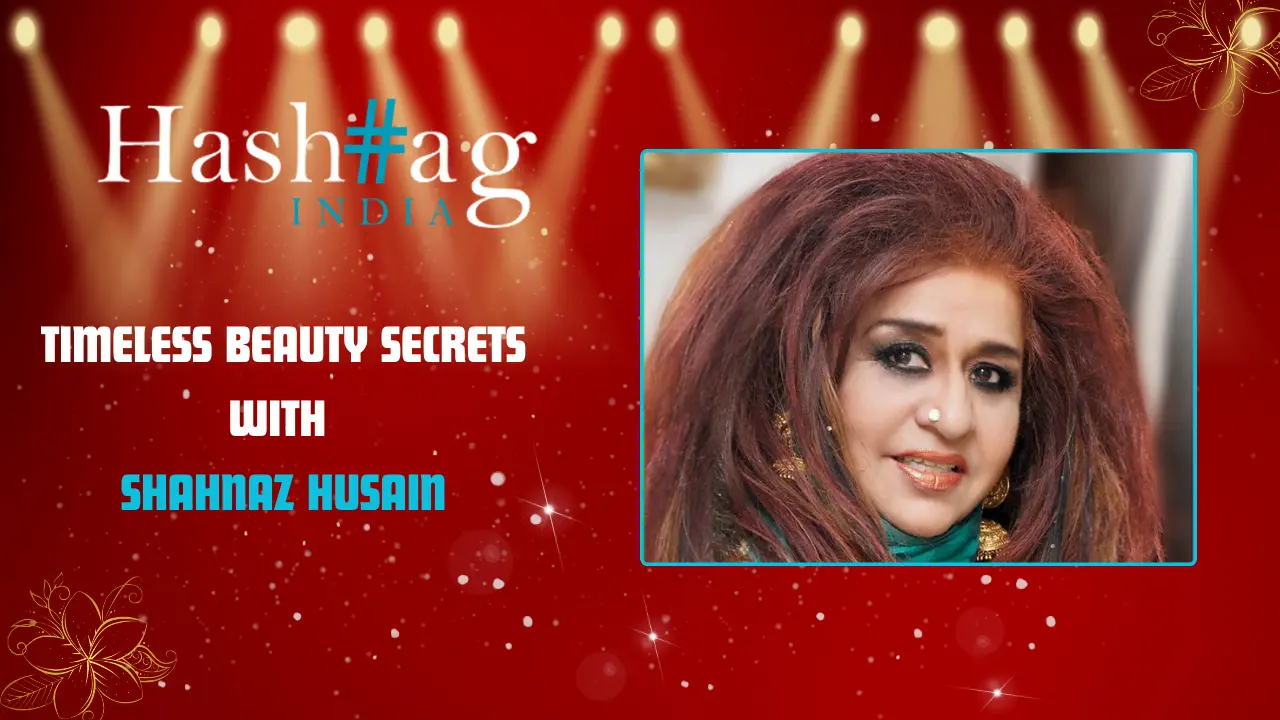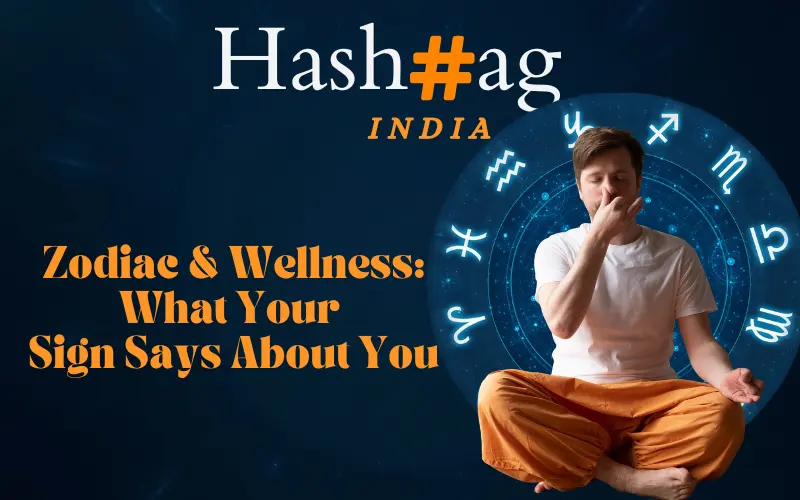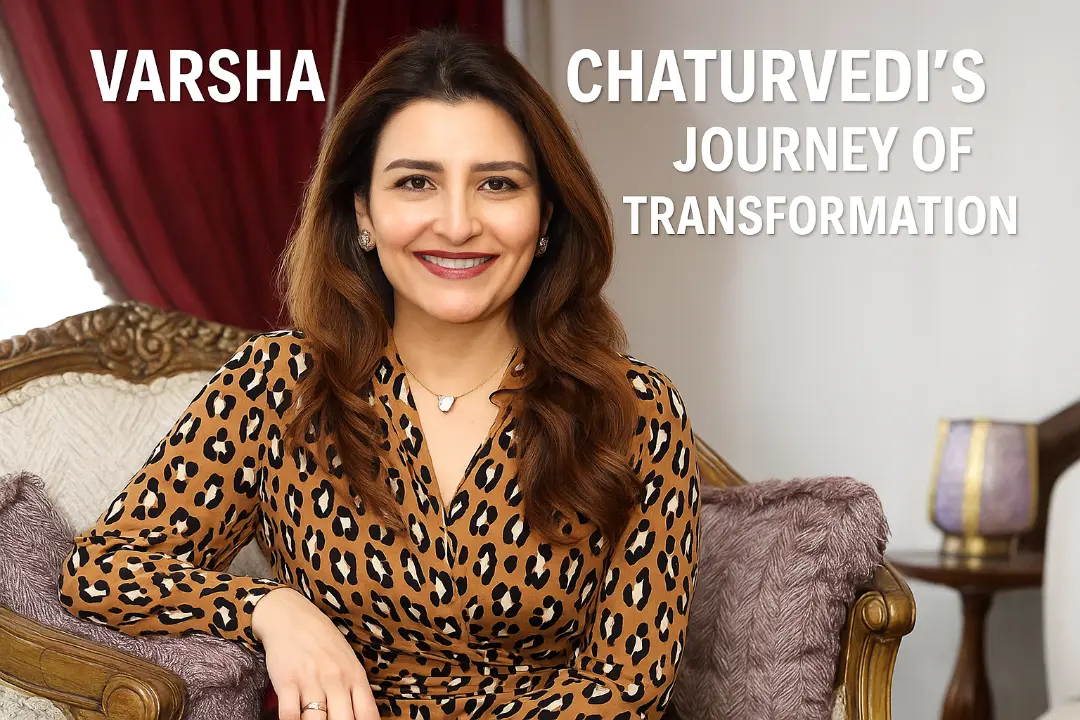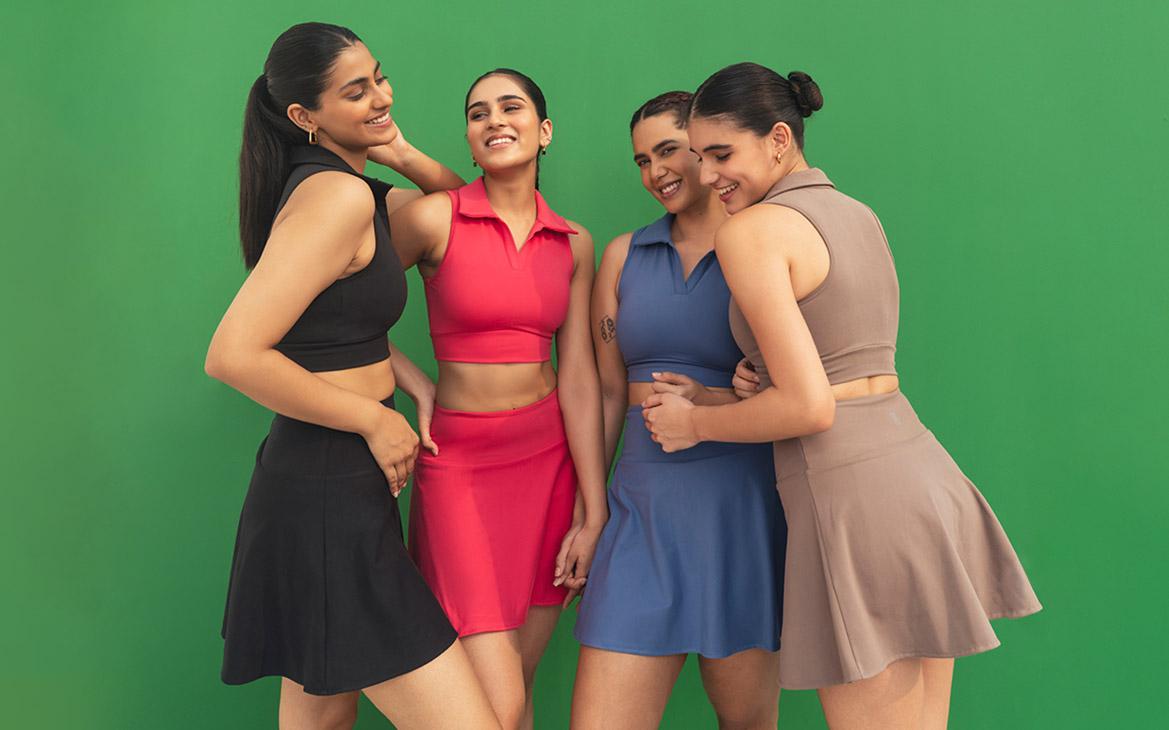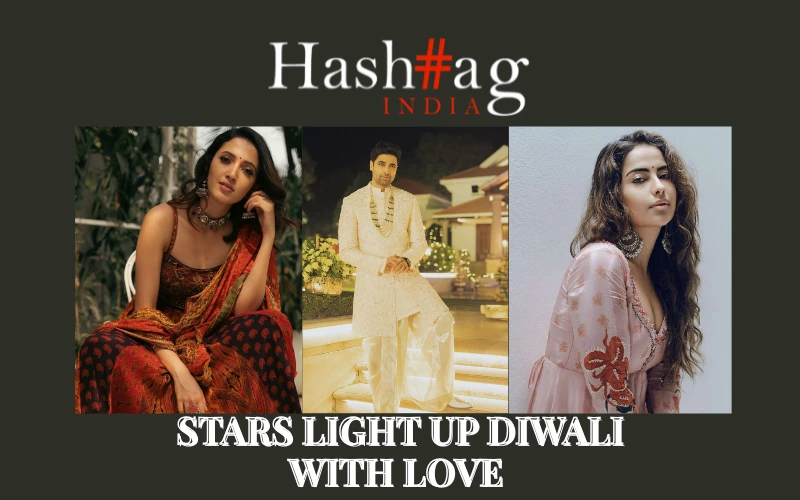The Nizams of Hyderabad were known for their extravagant lifestyle, including their magnificent jewelry collection.With Jewellery worth more than 15,000 crore, Shaik Noor Jahan gives you overview of the Ancient Nizam jewelry collection.
INTRODUCTION OF NIZAM JEWELLERY:

Nizam Jewellery, belonging to the Nizam’s of Hyderabad, is one of the most valuable jewellery collections in the world.
Just the fact that there is jewellery worth over Rs.15,000 crore under one roof is staggering. Even if one doesn’t consider the cost, the sheer magnificence of each of the exhibited pieces is enough to leave one speechless with awe and wonder. Belonging to the Asaf Jah dynasty, which was established in 1724, the jewellery has a historic past, and a colourful one at that.
It was In 1972 that the jewels of the Nizams of Hyderabad, rumoured to be one of the most exceptional collection, were offered for sale to the Government of India for Rupees 218 crore. The deal was struck. However, it has taken almost 23 years to finally acquire the jewels, after prolonged court cases and colossal expenses.
First, the jewels were shifted to the vaults of the Reserve Bank of India from the Hongkong Bank where they were being held earlier. Later, the jewellery was exhibited for the first time at the National Museum in New Delhi for about two months during September – December, 2001.
The 173 piece collection was built up over seven generations of the Asaf Jabs or the Nizams as rulers were called. Although the Nizams ruled over the Deccan, they had adopted the lifestyle, court traditions and administrative practices of the Mughals.
The jewellery, therefore, Is a synthesis of Mughal, deccani, as well as European influences. It reflects the ethos of a dynasty that originated in the Mughal court, ruled the Deccan and was a staunch ally of the British empire. It was during the seventh and the last Nizam’s -Mir Osman Ali Khan- time that care was taken to preserve the timeless treasure. It was difficult for the Nizams, who had a large family and a retinue of servants, to take of their own.
It was then that Mir Osman Ali Khan, with a view to safeguarding this fabulous wealth, started liquidating a portion of his astronomical fortune and allocated it to a series of trusts. The most unique of these was the Nizam Jewellery Trust, being the only one to have been established by an Indian ruler. He also created a supplementary Jewellery Trust, incorporated in 1951, being the only one to have been established by an Indian ruler. He also created another supplementary Jewellery Trust after allocating gifts to his grandsons in 1952. The trustees kept this treasure of great historical value in the vaults of the Hongkong Bank.
The present collection comprises a total of 173 items. The actual number of the pieces is 325 (counting individual pieces and not as pairs) excluding about 22 unset emeralds and the legendary Jacob diamond.
The collection includeincludees a number of sarpench (bejew-elled headgear), necklaces, waist-belts, buckles, brace-lets, anklets, armlets, toe-rings, finger -rings, pocket watches, watch chains, buttons and cuff-links, to name but a few. All the jewels are flamboyant, yet, there are certain pieces which stand out for their unique quality, size and colour, and most importantly, for their workmanship.
Most of the diamonds used in the jewellery came from the mines in Golconda which were owned by the Nizams. This is one reason why all the pieces invariably have diamonds that are either uncut or cut into magnificent pieces by the local artisans. The luster and brilliance of the Golconda diamonds is most apparent in the sarpenchs, especially those that are to be worn over the headgear. These are in gold, set with diamonds, emerald beads and cabochon rubies. There is a very special sarpench which was made for a young prince, Mahabub Ali, when he ascended the throne. It is called ‘Bachkana sarpench’ and has been chosen to be the logo of the exhibition. The brilliance of Golconda diamonds set in this piece outshines that in any other piece. A solitaire set in gold, with five smaller diamonds on each side, has on its top an exquisite bird crafted with small diamonds for its plumage and a ruby as its eye. Interestingly, the bird holds a tiny ‘taveez’ (lucky charm) in its beak.
Among the exhibited pieces, the imperial diamond, known as Jacob diamond, is a fabulour piece, Weighing 184.75 carats, this sparkling beauty is double the size of the Koh-i-Noor diamond and is said to be the seventh largest in the world. It was acquired by the sixth Nizam, Mir Mahabub Ali Pasha in 1891 from a Jewish trader, A.K. Jacob and hence the name. – (India Perspectives).
● SOME OF THE FINEST JEWELS OF THE COLLECTION ARE BEING SHOWN BELOW:
● SARPECH (Turban ornament),
Deccan, 19th century, Gold, diamonds, spinels, enamel Private collection.Royal Indian Jewelry – Sarpech-khurd-zamarrud-wa-kanval-almas and Sarpech-yakhoot-wa-kanval-almas. Sarpech-khurd-zamarrud-wa-kanval-almas was studded with over 30 emeralds (total 510 ct) and diamonds (total 90 ct). It was bought by Indian govt in 1995 for INR 50 million.

SARPECH: It is also known as an aigrette, is a turban ornament that was worn by significant Hindu, Sikh and Muslim princes. Sar means head or front, and pech means screw. Hence, the word Sarpech literally means that which is screwed onto the front (of the turban). The Sarpech, adorned by the Nizam, was made in the 18th-19th century. The jewels are set in open-back mounts which is a combination of Indian and European design sensibilities. The Columbian emeralds are representative of the Nizam’s fascination for the gem which makes up for a large part ofjewellery collection.

Sarpech-yakhoot-wa-kanval-almas set in gold, with rubies (110 ct) and diamonds (111 ct) – total weight 145.65 gm – was bought by govt for INR 20 million.
TURRA: This is a turban ornament, in the form of a stemmed rosette, with suspended free-hanging strings of Gemstones or pearl.Featured above is Sarpech Murassa -wa-Turra (Part of the Sarpech).Prince adorned with magnificent jewels, crafted during the 18-20th century.

PEARLS AND DIAMONDS: The Nizam of Hyderabad had the widest collection of Natural Pearls jewellery. It is believed that the pearls that he had accumulated could fill up the “Olympic Size Pool.”The story goes, The Nizam loved natural pearls, so when the pearl dealers came to Hyderabad along with their collection to offer; each pearl being of a different colour, shape, size and make; made it difficult to design a piece of jewellery. Therefore, The Nizam kept on collecting Natural Pearls until they could be symmetry crafted into an ornament. This created a market of pearls in Hyderabad, giving it the title, “City Of Pearls.” Even till today, Hyderabad is the market of trading of Natural Basra Pearls.Featured above is Sutlada Moti haar, a beautiful seven string necklace with 465 Basra pearl and a diamond clasp with a triangular shape polkis, called “Samosa”.

BELTS:
Post the demise of the Mughal empire, and the Nizams had adopted a European lifestyle and often wore western-influenced clothes such as high collared coats, which allowed the Nizams with fewer opportunities to display their opulent jewels. Hence, they wore adornments like belts or elaborate headgears, which became an indispensable part of the Nizams’ jewellery collection. It was mandatory in the Nizams court to wear a belt around their JAMA.

POCKET WATCH:
The time of the Nizam was as valuable as his jewels, and he wore his TIME in his POCKET!!
Nizam of Hyderabad wore his Pocket Watch with a lot of grace, with multiple attached chains to allow them to be secured to a waistcoat, lapel, or belt loops, to prevent them from falling loose. The pocket watch and the chains had a European influence, made between 18-19 century. European influences, essentially from Paris and London, were particularly strong in the early 20th century. One of the instances can be seen in the use of pocket watches, which ultimately became a part of the ceremonial regalia of Indian royalty.Featured above is “Ghariyal Jaravi Meenakari”; Enamelled Watch with diamonds, Calcutta, late 19th century, with the chains decorated with Golconda Diamonds and Natural Pearls, and the dial is embellished with diamond and enamel work.

EARRINGS (JHUMKA)
Nizam Jhumkas, also known as Nizam earrings, originate from the Nizams of Hyderabad, India, during the 18th and 19th centuries. They were favored by the royal women of the Nizam dynasty, known for their opulent and intricate jewelry.Nizam jhumkas, also known as Nizam earrings, have their origins in the royal courts of the Nizams of Hyderabad, India. These elaborate and intricately designed earrings were a symbol of wealth, status, and prestige. They typically feature a combination of precious metals like gold or silver, adorned with precious gemstones such as diamonds, emeralds, rubies, and pearls.
The Nizam of Hyderabad, one of the wealthiest monarchs in Indian history, was renowned for his patronage of the arts and luxury items, including jewelry. Nizam jhumkas were often commissioned by the royal family and gifted to members of the court as a mark of favor or bestowed upon brides as part of their dowry.
Over time, Nizam jhumkas have become popular beyond the confines of the royal court and are now coveted by women for special occasions such as weddings, festivals, and other celebrations. They continue to be crafted by skilled artisans in Hyderabad and are cherished as timeless pieces of traditional Indian jewelry, blending heritage with contemporary elegance.

THE JACOB DIAMOND:
One of the famed pieces that belonged to the Nizam of Hyderabad is THE JACOB DIAMOND.The story goes, when Osman Ali Khan found the diamond in the toe of his father’s shoe at the Chowmahalla Palace, he used it as a paperweight for a long time until the diamond’s true value was realised.The Jacob Diamond is also known as “Imperial Diamond” or “Victoria Diamond”, was first discovered in the Kimberly mines of South Africa and was assumed to be one of the biggest diamonds in the world at that time, weighing approximately 457.5 cts. In the 19th century, it was first smuggled from London to Amsterdam, where it was cut into a slightly oval-shaped, 58 faceted diamond, weighing 184.50cts. Several negotiations and a court case later, the diamond was sold to Nizam VI by Malcolm Jacob from Simla in 1892.The Jacob Diamond, also known as the Imperial or Victoria Diamond, is a colourless diamond from India (or from the Golconda mines) ranked as the fifth-biggest polished diamond in the world.The last nizam of the Hyderabad State, Mir Osman Ali Khan,It was bought by the government of India for an estimated $US13 million in 1995.

ZADAVI LACHA OR CHINTAK – CHOKER:
Featured above is “Zadavi Lacha or Chintak” which is a closed neck Choker. These chokers were crafted in one of a kind precious gemstones and Golconda diamonds during 18-20 century.Image 1: Sapphire choker necklace.
Image 2: Natural Pearls and Diamond choker necklace.
Image 3: A ‘Guluband’ necklace, a hypnotic choker dripping with Colombian emeralds and Golconda diamonds.

ARMBANDS:
“BAJUBAND” or ARMLETS, also known as Ananta, Angada are a type of bracelet worn on the upper part of the arm. Originally, this piece of jewellery was only worn by men, as a masculine accessory. However, they are also adorned by women.

Featured above is “Bazuband Murassa” crafted in the early 18th century. Kundan-set with foiled table-cut diamonds; inside seven foliate panels, with exquisite enamel work.These jewels are a symbol of royal patronage, royal ateliers, and fine craftsmanship! No wonder, they only added to the Begum’s demeanour.

Image 1: An exquisite enamelled Bazuband, set with Colombian emeralds and Golconda Diamonds.
Image 2: “Bazuband Parab Jaravi” Enamelled armbands set with Golconda Diamond and Natural Pearls.
Image 3: “Bazuband Almas Parab”; Diamonds set armband. The craftsmanship is a beautiful example of 18 century, the flat cut Golconda diamonds were set in silver, and the small petals are attached in the angle to look at the realistic flower. This bajuband is also known as Kiran Ka Bajuband with great enamel work on the reverse.
● JUGNI NECKLACE:
The “Zadavi Lacha or Chintak” was worn along with “JUGNI” necklace Jugni is a pendant that means Fireflies.Featured above is a Jugni necklace made in 7 strands of Natural Basra Pearls and Uncut Diamonds, Emeralds. The backside has the treat to the eyes, with a beautiful white, red and green meenakari work, known as Karvani Meenakari, 18th century.

ANKLETS:
Anklets were worn primarily by women as an indicator of their marital status. They were gifted to the bride by the groom as a symbol of love and the wish to become her official husband.

Featured above are the gorgeous anklets adorned by the Begum, crafted in Deccan, 19th century.
Image 1: “Paizeb Murassa” Enamelled anklets set with diamonds and Natural Pearls.
Image 2: Anklet set with rubies, Golconda Diamonds and Natural Pearls.
Image 3: Paizeeb Yakhoot-wa-Almas-wa-Marvareed.
● EMERALD NECKLACE: Nizam of Hyderabad has, indeed, left a rich legacy for the country that share beautiful stories about rich Indian artistry and unmatched lifestyle. Let me take you through some of the magnificent necklaces.

Featured above is a 19th-century necklace inspired by the Deccan workmanship, known as “PACHCHIKAM” made in silver & gold, embellished with Emeralds, Diamonds and Pearls.Pachchikam in Hindi means peeche or back; this type of jewellery has gold on the rear and silver in front. The overall appearance of Pachchikam comes across as rather delicate and unfinished. Silver being extremely malleable, and having a close resemblance to platinum, is used in the craftmanship. The craft owes its origins to Gujarat and Kutch, though it’s been originally inspired by early European designs worn by the nobility in the 16th century. A few pieces in the Nizam’s collection are attributed to this technique, to show the brilliance of the diamonds used.Featured above is a one of a kind necklace embellished with 21 Uncut Golconda Diamonds, weighing 240cts and Natural Basra Pearl, 19 century.

CHOTI TAVEEZ:Begums, adorned Choti Taveez (Braid amulet), from the early 19th century, to protect from the evil eyes.CHOTI means Braid.TAVEEZ means amulet.It’s square shape, studded with Golconda flat cut diamonds on both the sides; strung on Natural Pearl and suspended from the hair, laying over the right shoulder. All the women of the family wore Choti Taveez. In the current days, the Choti Taveez are worn as pendants.

The Nizam’s jewelry, Including the Choti Taveez, holds significant historical and cultural importance due to its association with the Nizams of Hyderabad, who were rulers of the princely state of Hyderabad in India. The Choti Taveez is a distinctive ornament worn on the turban or headgear of the Nizam, symbolizing their authority and status.These jewels were not only exquisite pieces of craftsmanship but also served as symbols of power, wealth, and prestige for the Nizams. The Choti Taveez, in particular, was believed to possess mystical properties and was often adorned with precious gemstones and intricate designs, adding to its allure and significance.The history of Nizam’s jewelry, including the Choti Taveez, reflects the opulence and grandeur of the Nizam’s court, as well as the rich cultural heritage of Hyderabad. Today, these jewels are revered as priceless artifacts, representing a bygone era of royalty and splendor.

Besides the Nizam and his Begums, these magnificent jewels were also adorned by the young Prince. Safe to say, the fondness for jewels runs in the family.Prince Azam Jah and Prince Moazzam Jah, sons of Mir Osman Ali Khan, Hyderabad 1911, adorned in stunning jewels!The lifestyle and a few some pieces of jewellery were influenced by Mughals, the former rulers of the region. How mesmerised are you by such beauty and finesse of the 18th-20th century jewels by the Nizam Of Hyderabad.


